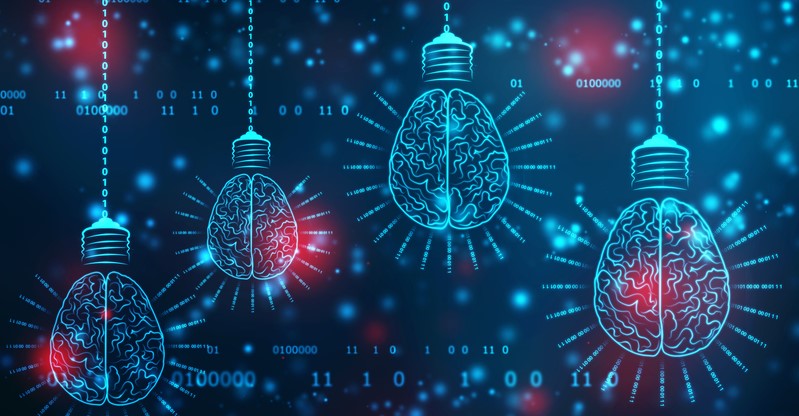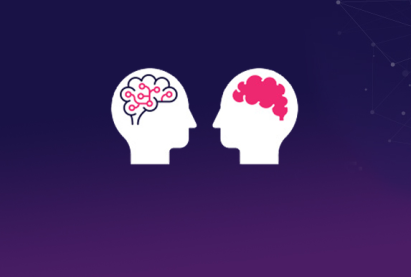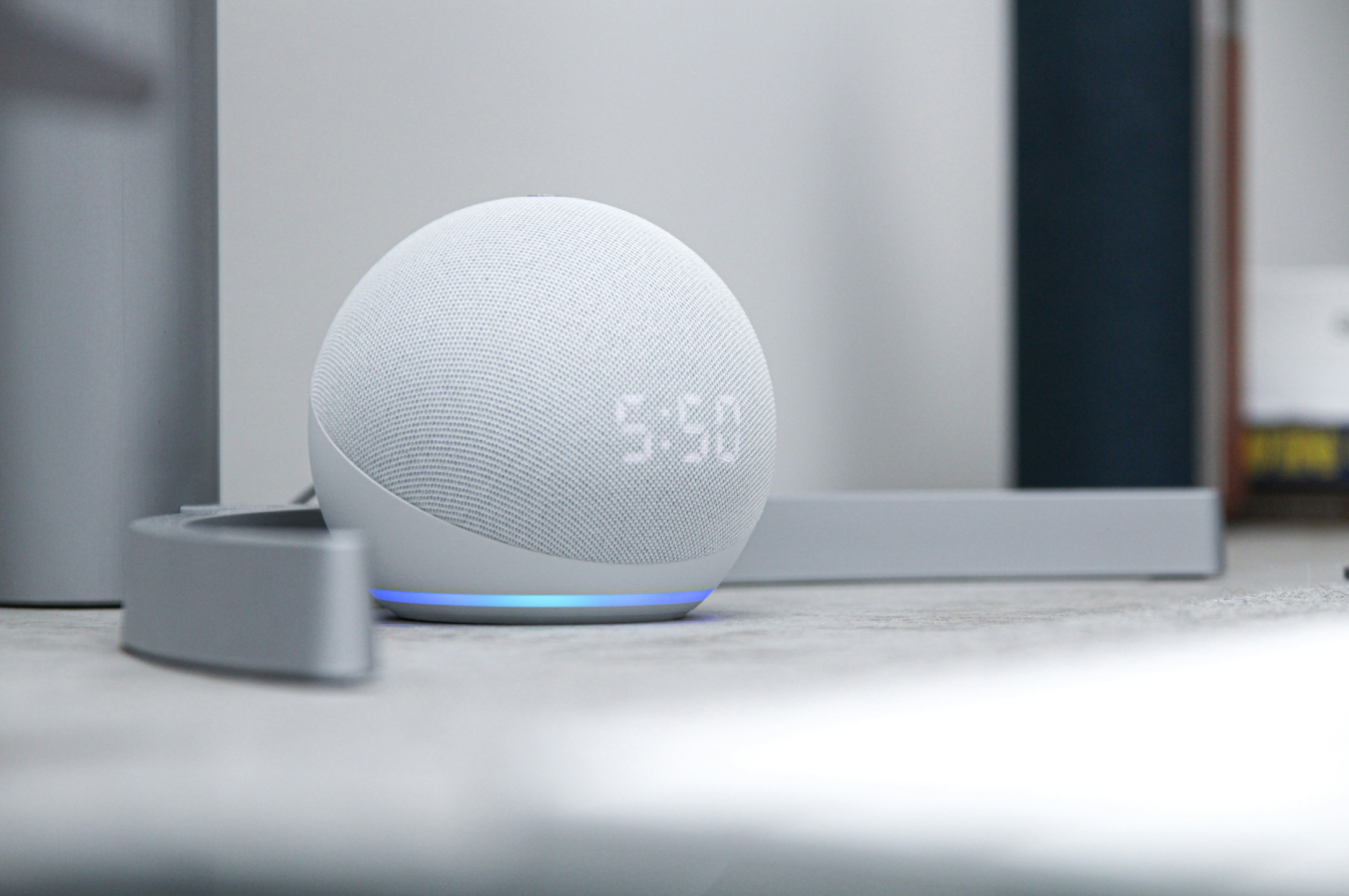Have you ever wondered what happens when you press that button at the pedestrian crossing?
You’re not just waiting for luck … behind the scenes you’re triggering a coded sequence that communicates with a traffic control system. It checks the flow of cars and schedules a safe pause and then tells the lights when to change. It’s clever programming that keep drivers and pedestrians moving smoothly and safely, so next time you cross the road, remember that coding is literally helping you get to the other side!
We see bar codes every day, but have you ever thought about how they work?
These black-and-white lines are actually a tiny piece of code that, when scanned, the product pulls the system information, for example the price, and it updates the stock level. It’s like a secret language between the basket and the computer. So next time you are at the supermarket checkout, remember that coding is right there in your basket.
Next time you step into a lift, thank an algorithm!
Lift systems are programmed to work out the most efficient route, reducing wait time and saving energy. It’s coding working quietly behind the scenes to make everyday life smoother and keeping us from awkward lift conversations!
Even your washing machine is powered by coding
Software tells it exactly how long to wash, rinse and spin your clothing, and sensors help it to decide how much water to use. All this is everyday coding making your life easy, fresh and convenient, without you lifting a finger … well, apart from you loading the smelly socks in!
Coding making technology more accessible for everyone
Voice assistants, like Siri or Alexa, might feel like magic but behind the scenes they rely on AI coding. They are programmed to understand speech patterns and accents, and inclusive design helps them respond to people of different ages and abilities.
Spot the code in your day
Now that you’ve seen some examples, why not try spotting coding in action in your own daily life? Look around and ask yourself: what’s quietly running on code right now?
The contactless card reader on your bus or train? The fitness app that tracks your steps? The thermostat that keeps your home warm or cool? Even your morning alarm clock?
You might be surprised at just how many things around you depend on coded instructions to work properly. By noticing these little details, you’ll start to see coding not as something distant or complicated, but as a part of your everyday world.
Happy National Coding Week!
-
Which AI Tool Are You? Take Our Fun Personality Quiz
Take part now to access more details of Which AI Tool Are You? Take Our Fun Personality QuizArtificial Intelligence is everywhere but which tool truly matches your personality? Are you a visionary like DALL·E, a chatterbox like ChatGPT, a logic-lover like Github Copilot, or a thinker like Claude? Take our short quiz to find out.

-
An expert’s take on AI
Read now to access more details of An expert’s take on AIGot any burning questions about Artificial Intelligence (AI)? Mike Richards, Senior Lecturer in Computing at The Open University, explains all in this article for National Coding Week.

-
Algorithmic Design
Learn more to access more details of Algorithmic DesignThis free course, Algorithmic design, explores the creative potential of designing with algorithms. This is part of the new BDes Design qualification at The Open University. Learn to think algorithmically and tweak code to create your own wallpaper patterns and be part of contemporary design practices. Through hands-on graphical experimentation ...

-
A very brief history of AI
Read now to access more details of A very brief history of AIWhen was artificial intelligence (AI) first developed? This article looks at the first wave of AI - in particular ELIZA, one of the very first chatbots.

-
Large language models - the chatty computer
Read now to access more details of Large language models - the chatty computerChat GPT is a large language-model based chatbot but is the information it gives accurate? This article looks at the limitations of this advanced open artificial intelligence.

-
An introduction to artificial intelligence
Learn more to access more details of An introduction to artificial intelligenceArtificial Intelligence (AI) represents great opportunity, but also significant disruption for modern societies and cultures. This free online short course investigates the historical, ethical and social issues surrounding this technology. It is aimed at people interested in understanding where this technology has come from, the kinds of ...

-
A short history of the early days of artificial intelligence
Read now to access more details of A short history of the early days of artificial intelligenceArtificial Intelligence seems very much of our time - but as Jessica Riskin explains, history records many attempts to create machines that think.

-
From boom to bust: the AI winter
Read now to access more details of From boom to bust: the AI winterThis article explains perceptrons and what this had to do with an AI hiatus from the late 1960s.

-
Artificial intelligence - chatting with bots
Take part now to access more details of Artificial intelligence - chatting with botsAs technology advances, machines are becoming more advanced at interacting with humans, but what does this mean for the future?

-
60 Second Adventures in Artificial Intelligence
Watch now to access more details of 60 Second Adventures in Artificial IntelligenceHow does Artificial Intelligence (AI) work? How is AI used in science? All is explained these short animations narrated by David Mitchell.

-
Tips for using a large language model
Read now to access more details of Tips for using a large language modelHow should you use Chat GPT and other language models for work, study and life? This article gives you eight top tips for using this sort of artificial intelligence.

-
Simple coding
Learn more to access more details of Simple codingHave you ever wanted to try out simple coding? Want to understand the basics of what it entails? This course introduces you to the skills, concepts and jargon of coding.

-
Academic versus AI
Read now to access more details of Academic versus AIWe wondered how easy it was to tell the difference between the work of a real-life human, and a machine… so you tell us!

-
Ministry of Sharing: Are you a safe sharer?
Take part now to access more details of Ministry of Sharing: Are you a safe sharer?Are you a model citizen or a menace to society when it comes to divulging personal details? Take the test from the Ministry of Sharing and find out whether you share too much information.

-
Internet of everything
Learn more to access more details of Internet of everythingThe internet of everything (IoE) is the networked connection of people, process, data and things. As more people, data and things come online, we develop processes to harness the vast amounts of information being generated by all these connected people and things. The goal of this free course is to introduce you to fundamental concepts and ...

-
Creativity and artificial intelligence
Watch now to access more details of Creativity and artificial intelligenceIs artificial intelligence capable of being creative? This animation and associated article looks at the meaning of 'creativity' and whether machines can carry out creative tasks.

-
Assessing the Future of Artificial Intelligence
Read now to access more details of Assessing the Future of Artificial IntelligenceWith the use of more AI techniques in the modern world, how should governments and lawmakers respond? How can we keep best informed about which advances may impact our economy and society?

Image acknowledgements
- Photo by Samuel Hagger on Unsplash
- Photo by Vagaro on Unsplash
- Photo by Ryunosuke Kikuno on Unsplash
- Photo by Julia A. Keirns on Unsplash
- Photo by Brandon Romanchuk on Unsplash





Rate and Review
Rate this article
Review this article
Log into OpenLearn to leave reviews and join in the conversation.
Article reviews